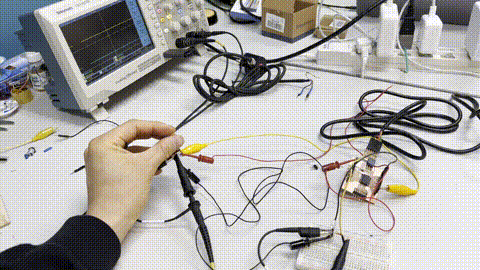12. Input devices¶
Instruction¶
Individual assignment:
- measure something: add a sensor to a microcontroller board that you have designed and read it →Here
group assignment:
- probe an input device’s analog levels and digital signals → in this page
What I did in this week¶
- probe an input device’s digital signals by using rotery encoder → in this page
- probe an input device’s analog levels by using Variable resistor → in this page
- add a limited switch to a microcontroller board that you have designed → Individual Page
- add a phototransistor to a microcontroller board that you have designed → Individual Page
probe an input device’s digital signals by using rotery encoder¶
Specification¶
Rotary Encoder in detail is here
- White = A Phase
- Green = B Phase
- Red = Vcc Power+
-
Black = V0
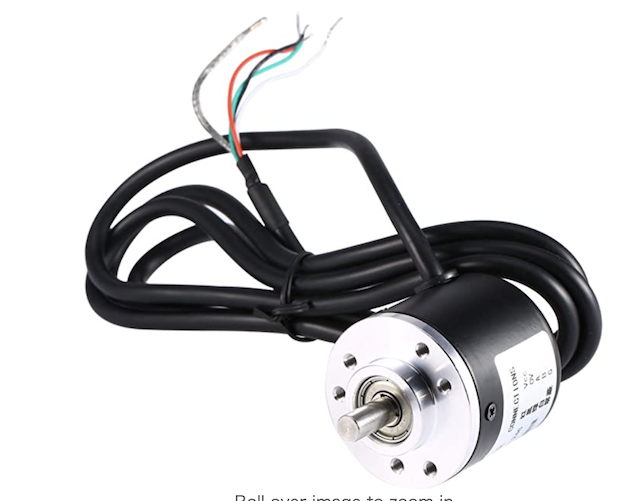
IC : ATtiny3216

VCC(Red)
1~ = A Phase(White)
0~ = B Phase(Green)
20 = V0(Black)
Process¶
The process is referenced in this ref
- Design the schematic in Eagle
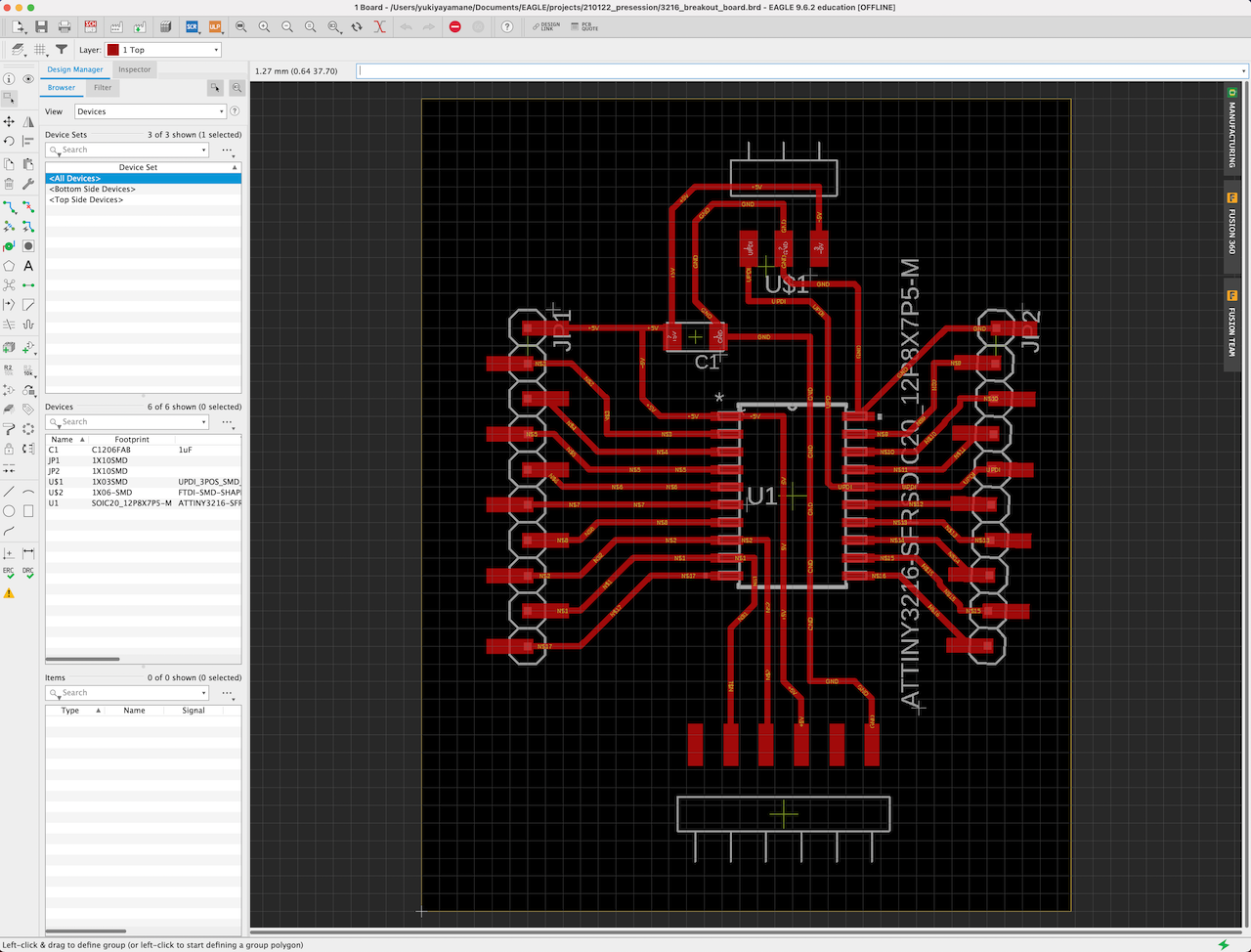
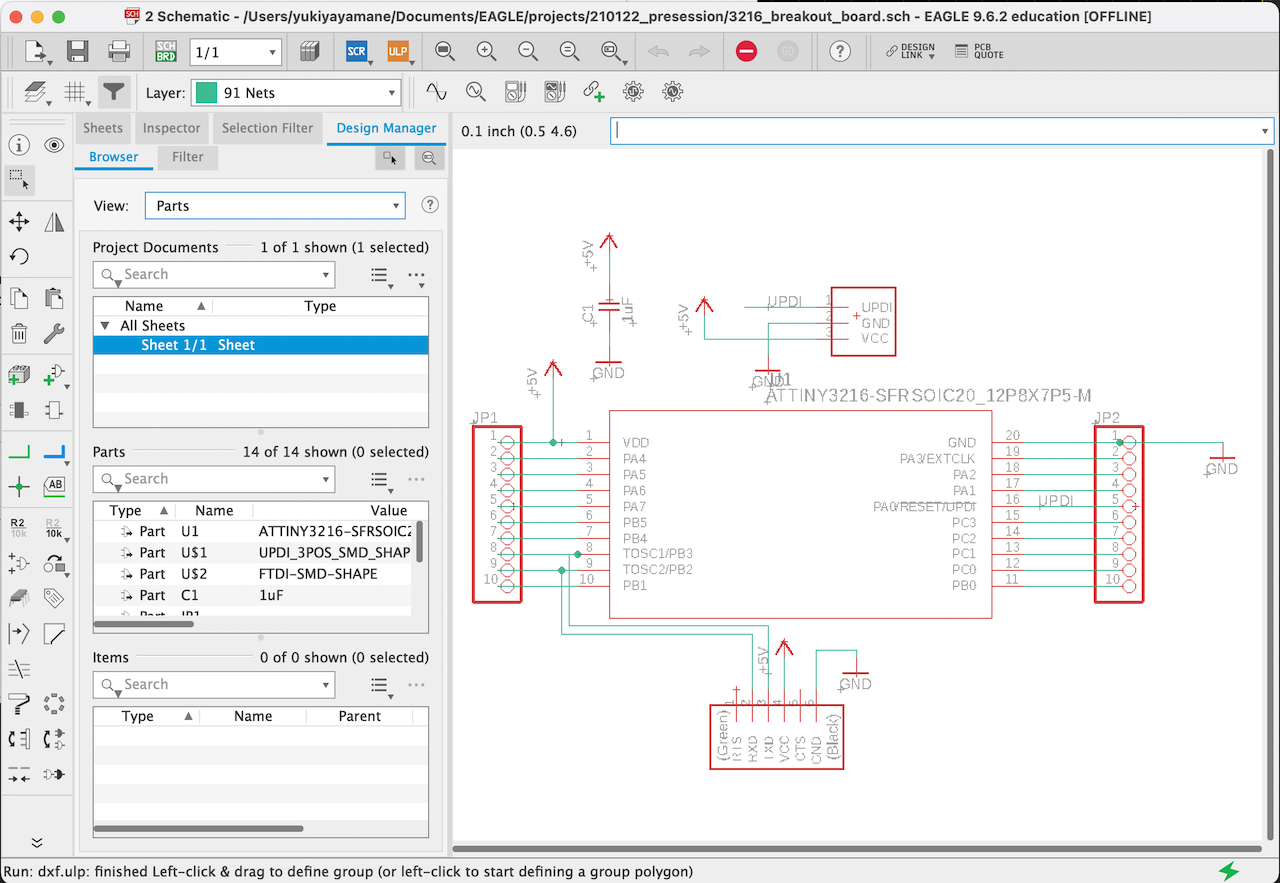
Schematic data is here
- Soldering parts of breakout board
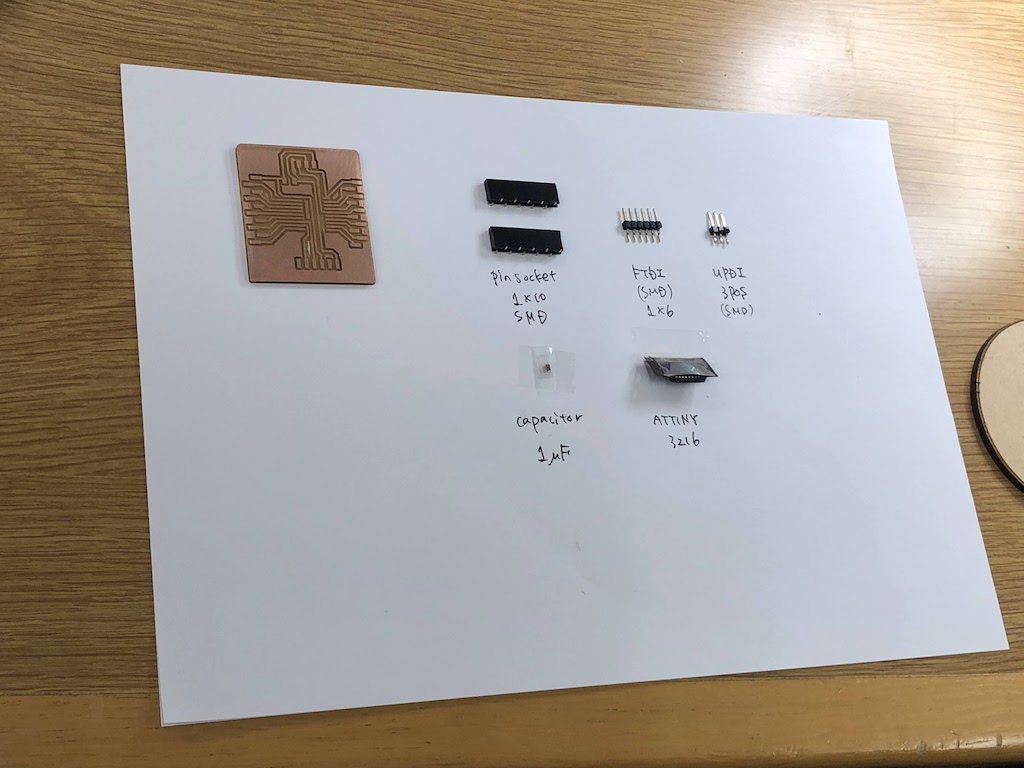
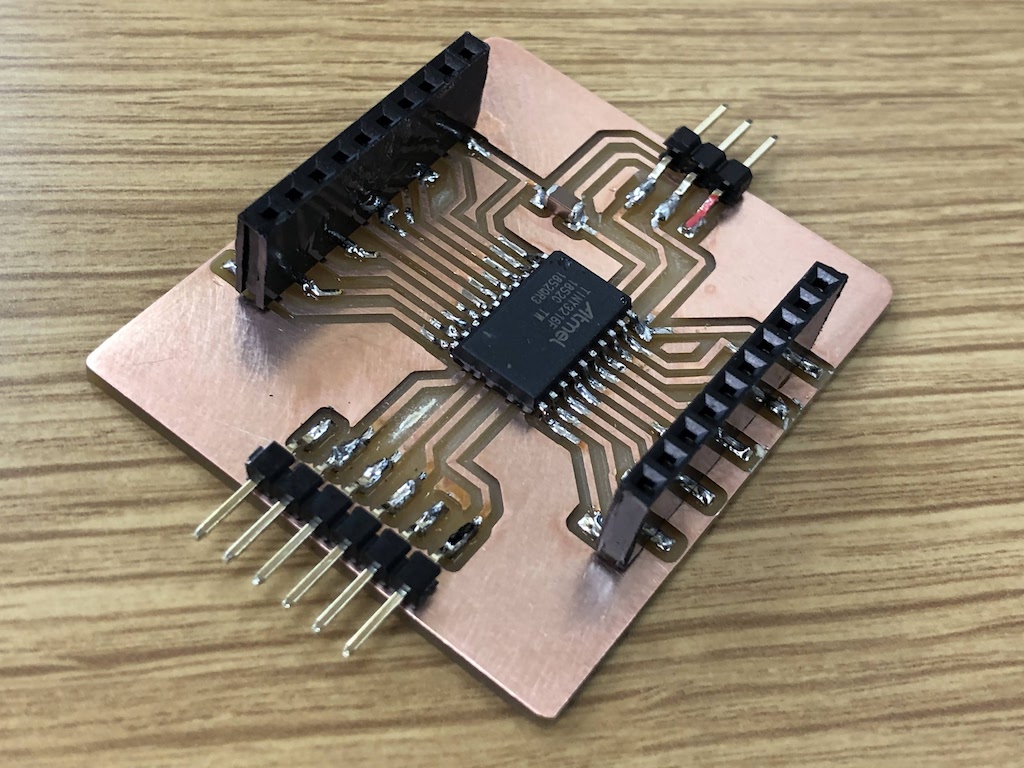
-
Connect the rotary encoder

-
Edit code in Arduino
/* Arduino Rotary Encoder Tutorial
*
* by Dejan Nedelkovski, www.HowToMechatronics.com
*
*/
#define outputA 1
#define outputB 0
int counter = 0;
int aState;
int aLastState;
void setup() {
pinMode (outputA,INPUT_PULLUP);
pinMode (outputB,INPUT_PULLUP);
Serial.begin (9600);
// Reads the initial state of the outputA
aLastState = digitalRead(outputA);
}
void loop() {
aState = digitalRead(outputA); // Reads the "current" state of the outputA
// If the previous and the current state of the outputA are different, that means a Pulse has occured
if (aState != aLastState){
// If the outputB state is different to the outputA state, that means the encoder is rotating clockwise
if (digitalRead(outputB) != aState) {
counter ++;
} else {
counter --;
}
Serial.print("Position: ");
Serial.println(counter);
}
aLastState = aState; // Updates the previous state of the outputA with the current state
}
Experiment 1 / Digital Signals¶
Read Digital Signal of the rotery encoder
- monitor the digital signals through serial monitor
turn clockwise →plus
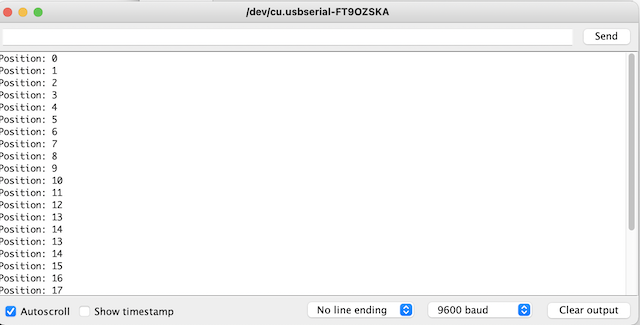
turn anti-clockwise → minus
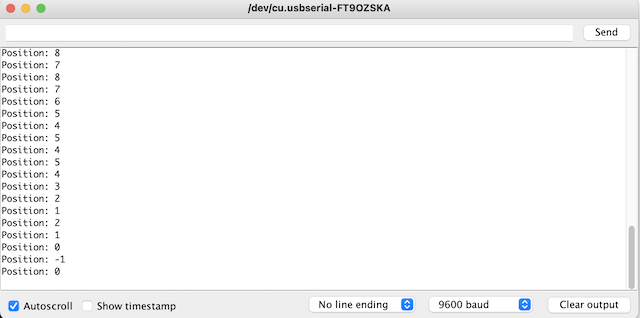
-
Check the oscilloscope
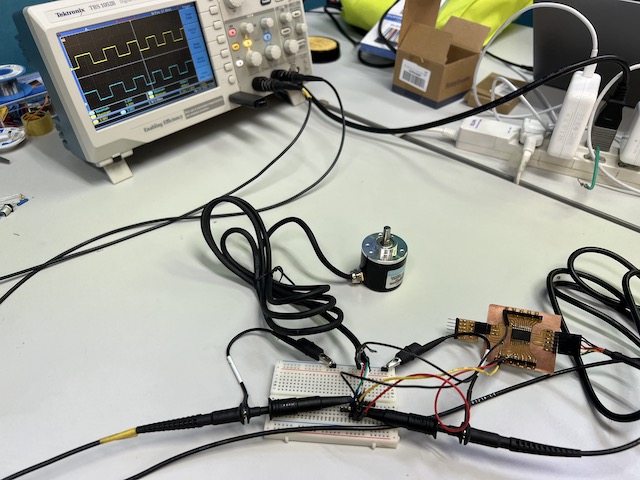
yellow =A phase
blue =B phase
When turning the rotery encoder clockwise
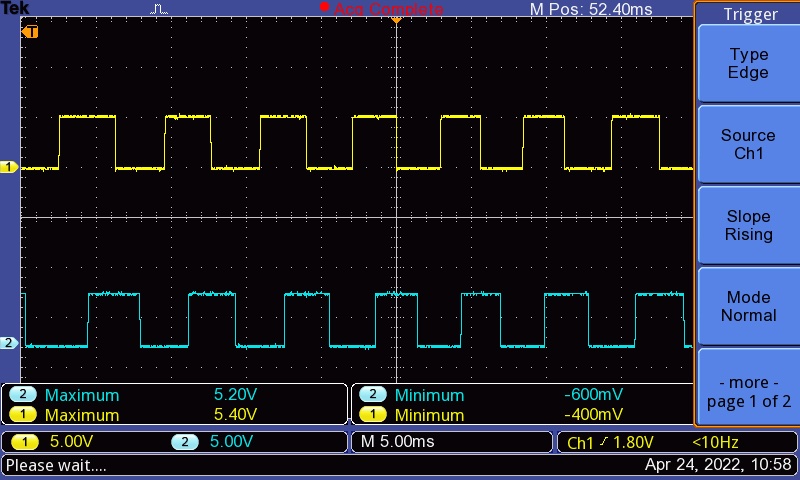
→A phase(yellow) is half a cycle off from B phase(blue).
When A become 0, B phase is at 1. When A become 1, B is at 0.
When turning the rotery encoder counter-clockwise
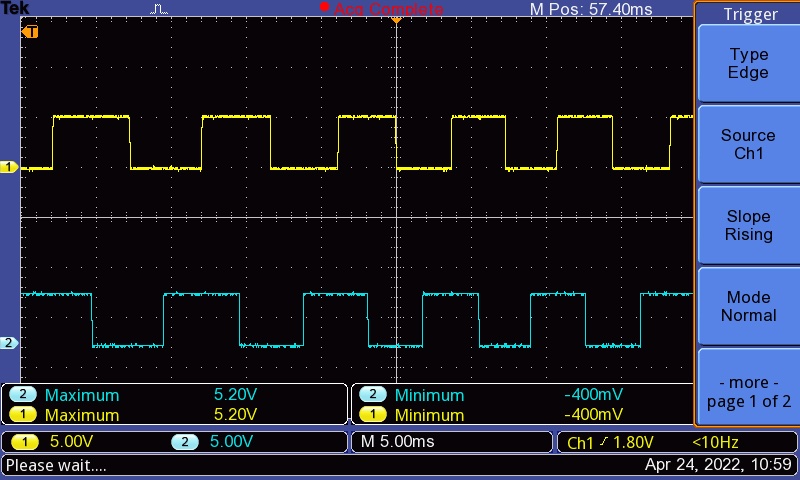
→A phase(yellow) is half a cycle off from B phase(blue).
When A become 0, B phase is at 0. When A become 1, B is at 1.

probe an input device’s analog levels by using Variable resisto¶
Experiment 2 / Analog levels¶
When turned to the left most, 0Ω
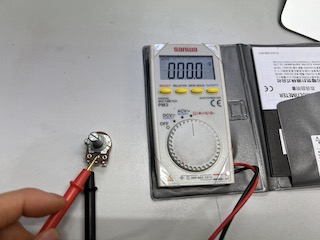
When turned to the right most, 480kΩ

-
Set input to variable resistor ,and output to LED

-
write the code in arduino
int p1 = 0;
void setup() {
Serial.begin(115200);
pinMode(9, INPUT);
pinMode(0, OUTPUT);
}
void loop()
{ p1 = analogRead(9);
// Serial.println(“p1: 9: “);
Serial.println(p1);
int intensity = map(p1, 0, 1024, 0, 255);
analogWrite(0, intensity);
delay(10);
}
Turning the resistor to the right to make it larger makes the LED brighter.
The potential difference also increases. The converse is also true

movie
